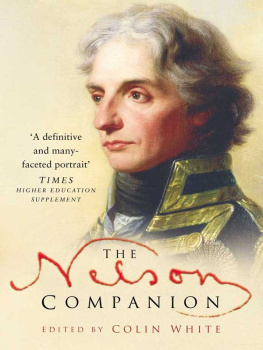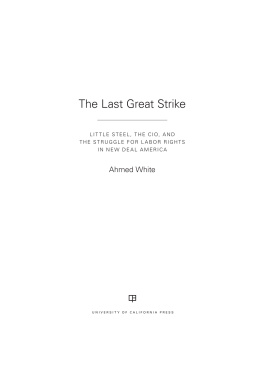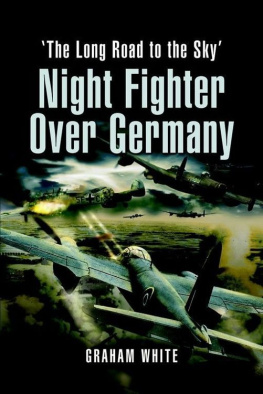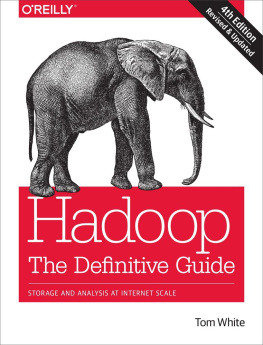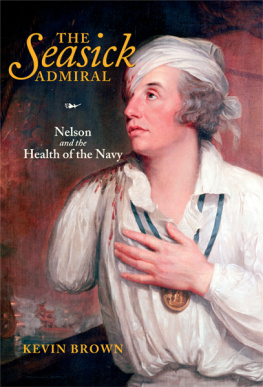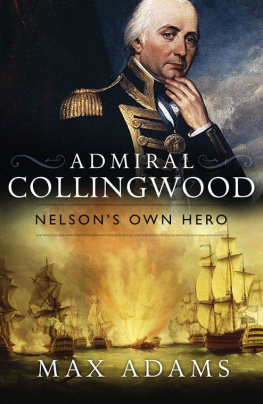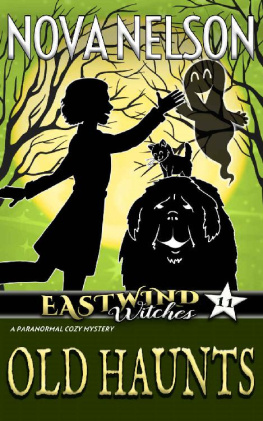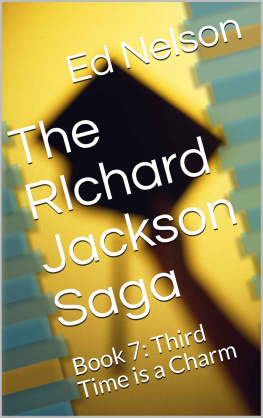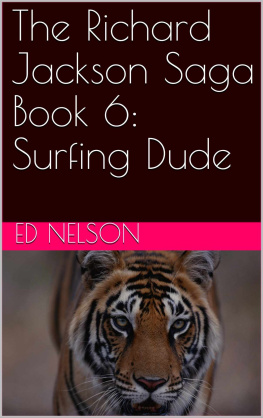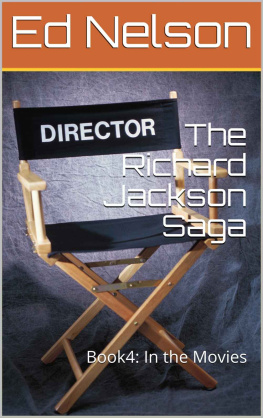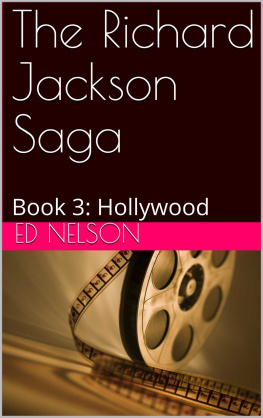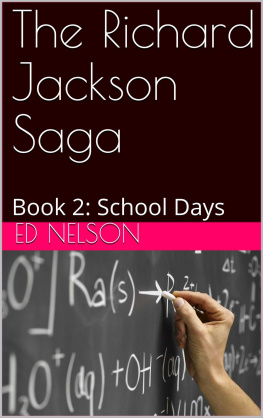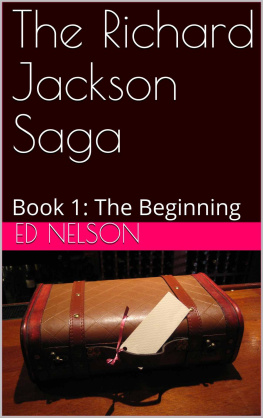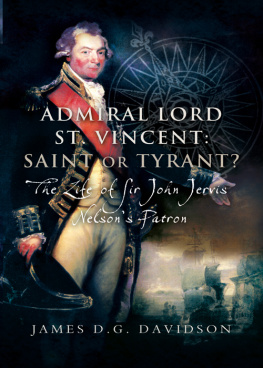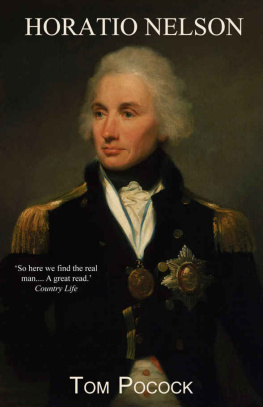White - The Nelson Companion
Here you can read online White - The Nelson Companion full text of the book (entire story) in english for free. Download pdf and epub, get meaning, cover and reviews about this ebook. City: New York, year: 2013, publisher: The History Press, genre: Home and family. Description of the work, (preface) as well as reviews are available. Best literature library LitArk.com created for fans of good reading and offers a wide selection of genres:
Romance novel
Science fiction
Adventure
Detective
Science
History
Home and family
Prose
Art
Politics
Computer
Non-fiction
Religion
Business
Children
Humor
Choose a favorite category and find really read worthwhile books. Enjoy immersion in the world of imagination, feel the emotions of the characters or learn something new for yourself, make an fascinating discovery.
- Book:The Nelson Companion
- Author:
- Publisher:The History Press
- Genre:
- Year:2013
- City:New York
- Rating:5 / 5
- Favourites:Add to favourites
- Your mark:
- 100
- 1
- 2
- 3
- 4
- 5
The Nelson Companion: summary, description and annotation
We offer to read an annotation, description, summary or preface (depends on what the author of the book "The Nelson Companion" wrote himself). If you haven't found the necessary information about the book — write in the comments, we will try to find it.
The Nelson Companion — read online for free the complete book (whole text) full work
Below is the text of the book, divided by pages. System saving the place of the last page read, allows you to conveniently read the book "The Nelson Companion" online for free, without having to search again every time where you left off. Put a bookmark, and you can go to the page where you finished reading at any time.
Font size:
Interval:
Bookmark:

The Nelson Companion
Dedicated to
Lily and John McCarthy
who have done so much to keep The Immortal Memory alive
His Name is a monument, that will exist undiminished throughout all ages and be warmly cherished in the remembrance of Britons
from a sermon preached by the Revd Thomas Wood in aid of the Patriotic Fund, 5 December 1805

Endpapers, front: A First World War souvenir handkerchief attempting to invoke the spirit of Nelson; back: HMS Victory during the great restoration of 1922 to 1927.
First published in the United Kingdom in 1995 by
Sutton Publishing Ltd
Reprinted 1996
The History Press
The Mill, Brimscombe Port
Stroud, Gloucestershire, GL5 2QG
www.thehistorypress.co.uk
This ebook edition first published in 2013
All rights reserved
Royal Naval Museum, 1995, 2013
This ebook is copyright material and must not be copied, reproduced, transferred, distributed, leased, licensed or publicly performed or used in any way except as specifically permitted in writing by the publishers, as allowed under the terms and conditions under which it was purchased or as strictly permitted by applicable copyright law. Any unauthorised distribution or use of this text may be a direct infringement of the authors and publishers rights, and those responsible may be liable in law accordingly.
epub isbn 978 0 7524 9541 5
Original typesetting by The History Press
Contents
The development of the Nelson Legend from 1805 to the present
An analysis of the main portraits of Nelson, and their artists
The story of the Nelson relics and those who have owned them
A personal survey of the wide variety of Nelson commemorative material (with a section on commemorative medals by Timothy Millett)
An introduction to the Nelsonian sites worldwide
The monuments to Nelson in Great Britain and overseas
Nelson the man, as revealed in his letters
An introduction to the Top Twenty Nelson biographies
Acknowledgements
My first, and principal, thanks go to my fellow-authors. A joint project such as this is fertile ground for potential disagreements especially when each participant is an expert in their own field. Yet all my colleagues have been unstinting of their time and expertise and, most important, of their support. It has been a most enjoyable exchange of ideas and information, enlivened by some robust debates. For example, we still cannot agree on whether the portrait by Charles Lucy (see page 152) is a good likeness!
One of the many rewards of a career as a museum curator is the opportunities it offers for meeting private collectors and enthusiasts and in the Nelson field, they are legion. I would like to thank particularly a lady whose name appears continuously in the pages that follow and rightly for she is the undisputed Queen of Nelsonians Mrs Lily McCarthy CBE, who has generously allowed items from her remarkable collection to be featured throughout the book. I am also indebted to Clive Richards for allowing me access to his private collection; Ben Burgess, with whom I have maintained a long and fruitful correspondence on the subject of Samuel Drummonds paintings of the death of Nelson; Dr and Mrs Emmanuel for help and advice; Jean Kislak, the donor of the monument to Emma Hamilton in Calais; David Shannon of the Nelson Society and my fellow-members of The 1805 Club, with whom I have enjoyed so many convivial discussions about the Admiral. Preparing this book has made me powerfully aware of the strong influence that Nelson still exercises over the lives of very many people not least mine!
I have also received much help from professional colleagues. At the Royal Naval Museum: from the Head of Publications, Dr Chris Howard Bailey, who has been most generous with her considerable knowledge of editing and publishing; Chris Brindle, General Manager of our Trading Company, who provided the pump-priming finance for the project; Lesley Thomas, Head of Exhibits; Melanie McKeown, Public Relations Officer; and curators Andrew Trotman (printed books), Richard Noyce (artefacts), Matthew Sheldon (manuscripts) and Assunta del Priore (visual image). I have also benefited greatly from the advice and
expertise of our consultant designer, Michael OCallaghan. Colleagues at other institutions have been equally generous with their assistance: at the National Maritime Museum, Greenwich, Dr Roger Knight, Caroline Roberts and David Spence; at the Nelson Museum, Monmouth, Andrew Helme, and at the Australian National Maritime Museum in Sydney, Lindsey Shaw. At Alan Sutton Publishing, I have leant heavily on the advice and expertise of Roger Thorp and Rosemary Prudden, and thanks are also due to the staff of Christies, Phillips and Sothebys for assistance with the illustrations for . Also, a special word of gratitude to Ross Young of Ross Young Photographers, Portsmouth, who has so splendidly photographed objects from the Royal Naval Museums collections especially for this book.
Finally, I would like to thank five people without whom this book could not have been written a well-worn phrase which, in this case, is simply true. They are: the RNMs Director, Campbell McMurray, who has enthusiastically supported the project from its inception in early 1993 and has allowed me the time in which to complete it; Tom Pocock widely acknowledged as our leading Nelson expert who has been characteristically generous with his advice and expertise; Michael Nash, whose personal knowledge about Nelson is encyclopaedic and who has allowed me unrestricted access to his remarkable Nelson Archive; John May, who has provided just the right blend of robust encouragement whenever difficulties were encountered; and finally my PA, Helen Gooding, who has dealt with all the extra correspondence, meetings and telephone calls engendered by the project and yet has still managed to keep me abreast of all my other Museum duties.
Palmam qui meruit ferat , Nelsons personal motto, sums up my feelings very neatly: Let him (or her) who has deserved it bear the palm. The brickbats for any errors, however, should be reserved for me alone!
Colin White
Royal Naval Museum, May 1995
Editors Introduction
On 7 January 1806 John Evans visited HMS Victory in the Medway, where she lay awaiting refit in Chatham Dockyard, following the heavy damage she had suffered at Trafalgar. He and his party were shown all over the ship and their eager questions were patiently answered. Reporting on his visit in a letter to a friend, he noted: You may perceive that everything that has the remotest reference to the departed hero is held in veneration. Even a lock of hair, preserved in a breast pin, was shown to us as a precious relic.
Evans had witnessed the early stages of the Nelson cult and, as with all cults, it had two distinctive characteristics: the impulse to visit a location associated with the hero, and the longing to possess some item associated with him. This book studies these two phenomena in some depth and offers itself as a companion for the Admirals modern enthusiasts as The Nelson Decade gets under way. For those who have the visiting urge, Tom Pocock introduces the worldwide Nelsonian sites and Flora Fraser the extraordinary variety of monuments. For those who prefer collecting, John Munday examines the rich store of Nelson relics, John May the diverse field of Nelson commemoratives and Michael Nash some of the best biographies.
Next pageFont size:
Interval:
Bookmark:
Similar books «The Nelson Companion»
Look at similar books to The Nelson Companion. We have selected literature similar in name and meaning in the hope of providing readers with more options to find new, interesting, not yet read works.
Discussion, reviews of the book The Nelson Companion and just readers' own opinions. Leave your comments, write what you think about the work, its meaning or the main characters. Specify what exactly you liked and what you didn't like, and why you think so.

